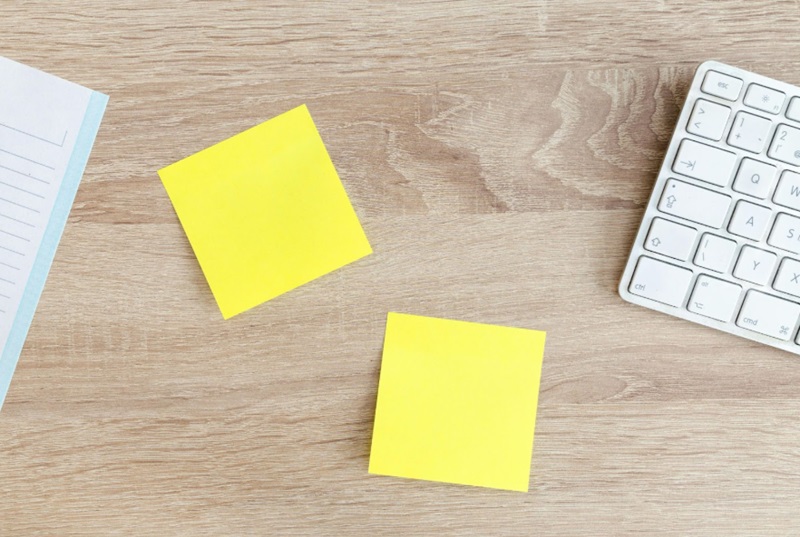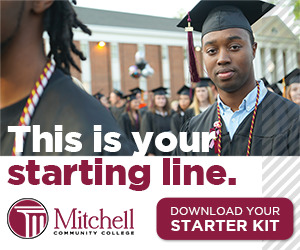
CONTRIBUTED
Notes help students learn and achieve their goals. It helps to remember lessons and understand ideas. Clear notes also make studies easier. Right methods save time and help students focus on what matters most. Studies show that effective note-taking can improve memory by up to 34%. Let’s explore simple techniques that make notes useful and practical tools.
Prepare Before Class
Students should try to review the syllabus or to read materials to give a good idea of what to expect in the lecture. This helps focus on important points and avoid confusion. Students should also prepare tools like notebooks, pens, or digital devices before class starts. Picking a seat close to the teacher reduces distractions and makes it easier to hear and see.
It’s reasonable to review past notes before a new class to connect previous lessons with new topics. This builds a stronger awareness of the subject. Students who prepare feel confident and stay on track with lectures.
Paper Notes or Digital Notes?
Both paper and digital notes work well, but they have different benefits. Digital tools like Google Docs or OneNote let students type and organize notes quickly. Apps like Otter.ai convert spoken words into text and make it easier to record lectures without missing details.
Digital notes are easy to edit and share. They allow students to add tags or search for specific information. But typing can make students focus less on the subject and more on copying words.
For an indeterminate number of students, notes are a challenge. The proliferation of electronics means less concentration and fewer handwriting skills. It’s a vicious circle when writing by hand is just as difficult as taking notes on a gadget. To maintain academic performance, students can buy an argumentative essay and delegate tasks. This is a kind of study help that reduces stress.
Taking notes by hand helps students think deeply about the information. Studies show that handwriting improves memory and understanding. Paper notes are harder to organize but help students remember lessons for a while. It can be useful to combine both methods. For example, students can write key ideas by hand and then organize them digitally for storage.
|
Feature |
Digital Notes | Paper Notes |
| Accessibility | Use on devices everywhere | Only available where stored |
| Organization | Easy to sort and search | Needs manual effort |
| Memory Benefits | Less focus on deep thinking | Aware education |
| Distractions | Apps and notifications interfere | Fewer interruptions |
| Environmental Impact | Saves paper | Requires physical materials |
Listen Actively During Class
People who pay full attention in class makes note-taking easier and useful. Students should listen to the teacher carefully and focus on main ideas.
Here are tips to listen actively:
- Sit near the teacher to avoid distractions.
- Watch for key points the teacher repeats or emphasizes.
- Write questions about anything unclear.
- Use symbols and abbreviations to save time.
- Rewrite the notes in simpler terms after class to remember them.
Try Different Note-Taking Methods
The best way to take notes depends on what works for your well. Below are different methods that students can try to improve their studies.
Standard Linear Notes
They are written down the page like a list. They use bullet points, numbers, or headings to organize ideas.
This method is great to follow the order of a lecture or the book. It helps break down complex ideas into smaller parts. For example, students can use linear notes to summarize arguments, processes, or steps in a subject like history or science.
Cornell Method
The Cornell Method divides a page into three sections. On the left side, students write key ideas or questions. On the right, they write detailed notes. At the bottom, they add a short summary of the lecture.
This layout makes it easier to review lessons. Students can focus on the summary for quick reminders. A study from Indiana University found this method saves time and helps students remember lessons for a long time.
Mind Mapping
It uses visuals to organize ideas. Students draw a circle in the center with the main idea inside. Lines connect the circle to smaller circles with related topics.
This method is helpful for visual learners. It works well for brainstorming or to show how ideas relate to each other. For example, students who study a topic like climate change can write “Causes” or “Effects” as branches from the main circle.
Outlining Technique
This method organizes notes into sections with headings and subheadings. It works well for subjects with a clear structure, like economics or history.
Example:
- Main Topic: Causes of Pollution
- Subtopic: Factories
- Detail: Chemicals from factories harm rivers and air.
- Subtopic: Cars
- Detail: Gas from cars adds harmful gases to the atmosphere.
- Subtopic: Factories
This method helps students organize ideas and see the picture from a distance.
Charting Style
Charts arrange information into rows and columns. This is useful for comparing data, or patterns.
|
Year |
Event | Effect |
| 1929 | Stock Market Crash | Economic decline |
| 1945 | End of WWII | Beginning of Cold War |
Charts make complex information simple and clear. They work well for data-heavy subjects like economics or science.
Nuclear Notes
This strategy mixes linear notes with visuals. A central idea appears in the middle of the page, with connected lists or bullet points branching out.
This method combines the organization of linear notes with the creativity of mind maps. It works well for summarizing subjects with multiple subtopics, like biology or literature.
Critical Note-Taking
A critical approach helps students think about the material instead of just copying it. Students write their thoughts or opinions next to the information.
Try to ask questions when you read the material:
- “Do I agree with this argument?”
- “How does this connect to other topics I studied?”
Add a personal reaction to make the notes more meaningful. This method is helpful when you create a text or analyze some data.
Skimming Notes
They are focused on the most important points of a text. Students quickly read a passage and write down the main ideas in a few sentences.
Example:
“Renewable energy is growing quickly worldwide. Solar and wind power are leading sources. This method saves time and is useful for quick reviews.”
Experimenting with these methods helps students figure out what works best for them. Using the right technique makes notes helpful and effective. Students can study smarter and succeed in their education.
Organize and Review Notes
Youth who organize notes right after class achieve knowledge with ease. Students should summarize topics to reinforce lessons. Highlight main points to help yourself during future study sessions.
Color coding creates visual categories. For example, definitions can use blue, and examples can use green. Flashcards summarize details for quick review.
Regular reviews improve retention. Revisit notes within 24 hours to strengthen memory. Research shows spaced repetition helps students remember more factual information. Short and frequent reviews work better than cramming.



